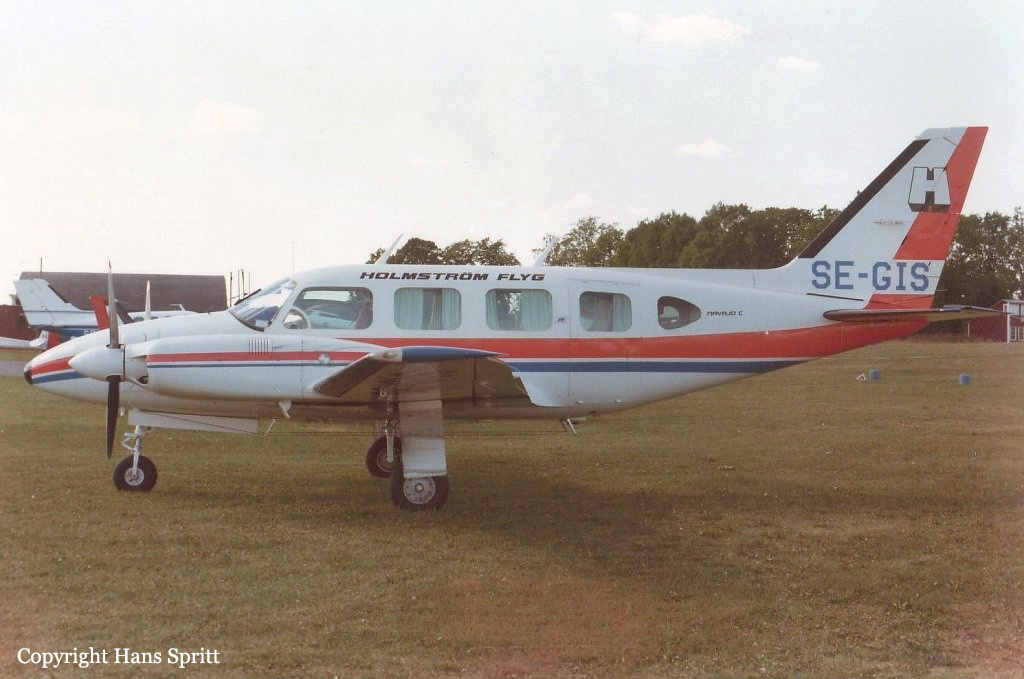Crash of a Learjet 24 in San Francisco: 3 killed
Date & Time:
Oct 8, 1984 at 1949 LT
Registration:
N864CL
Survivors:
No
Schedule:
San Francisco - Van Nuys
MSN:
24-229
YOM:
1970
Crew on board:
2
Crew fatalities:
Pax on board:
1
Pax fatalities:
Other fatalities:
Total fatalities:
3
Captain / Total hours on type:
2500.00
Aircraft flight hours:
25515
Circumstances:
The aircraft, a Gates Learjet 24B, modified by a Howard/Raisebach Mark II conversion, was cleared for takeoff on runway 28L. Tower personnel estimated that the aircraft rotated for takeoff at 3,200 feet down the runway and was at approximately 200 feet agl when the pilot was instructed to contact departure control. Witnesses observed the aircraft climbing in a wings level attitude when it entered the broken cloud layer at about 600 feet agl. Moments later, the aircraft was observed descending out of the clouds at a steep angle and in a left wing low/nose down attitude. The aircraft impacted between runway 28L and 28R, approximately 10,000 feet from the approach ends. Witnesses reported that the engines sounded like they were operating at a high power setting. An exam of the engines revealed evidence that both were at or above 92% power at impact. No preimpact part failure/malfunction was found. Records revealed two autopilot discrepancies on 10/4/84; one induced the roll mode was sensitive; the other induced the autopilot intermittently rolled the aircraft into a standard rate left bank when engaged. Reportedly, the autopilot would not have been used for takeoff. All three occupants were killed.
Probable cause:
Occurrence #1: loss of control - in flight
Phase of operation: takeoff - initial climb
Findings
1. (c) reason for occurrence undetermined
2. Light condition - dark night
3. Weather condition - low ceiling
----------
Occurrence #2: in flight collision with terrain/water
Phase of operation: descent - uncontrolled
Phase of operation: takeoff - initial climb
Findings
1. (c) reason for occurrence undetermined
2. Light condition - dark night
3. Weather condition - low ceiling
----------
Occurrence #2: in flight collision with terrain/water
Phase of operation: descent - uncontrolled
Final Report:








